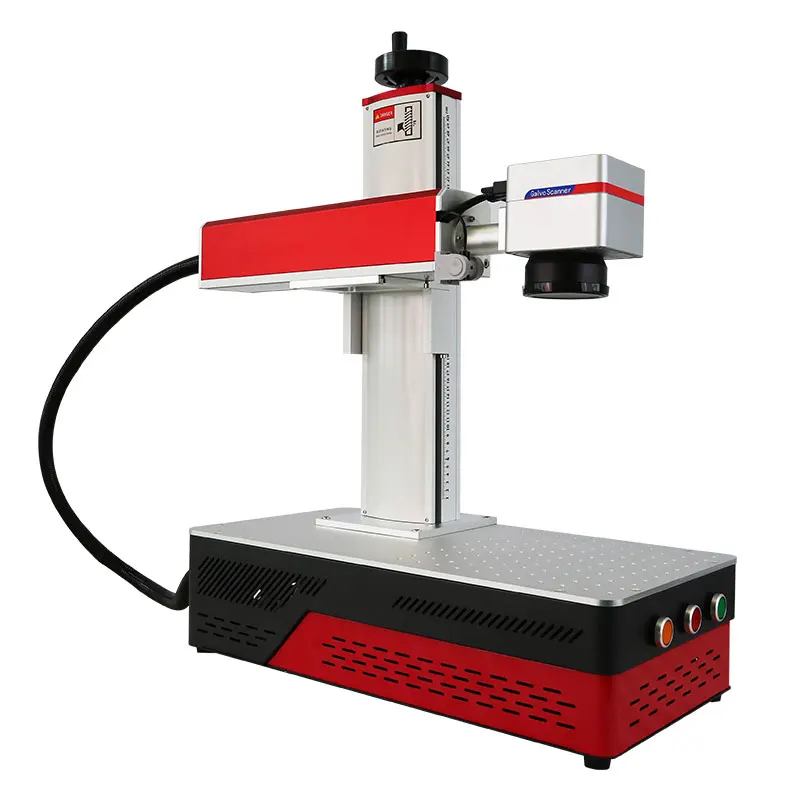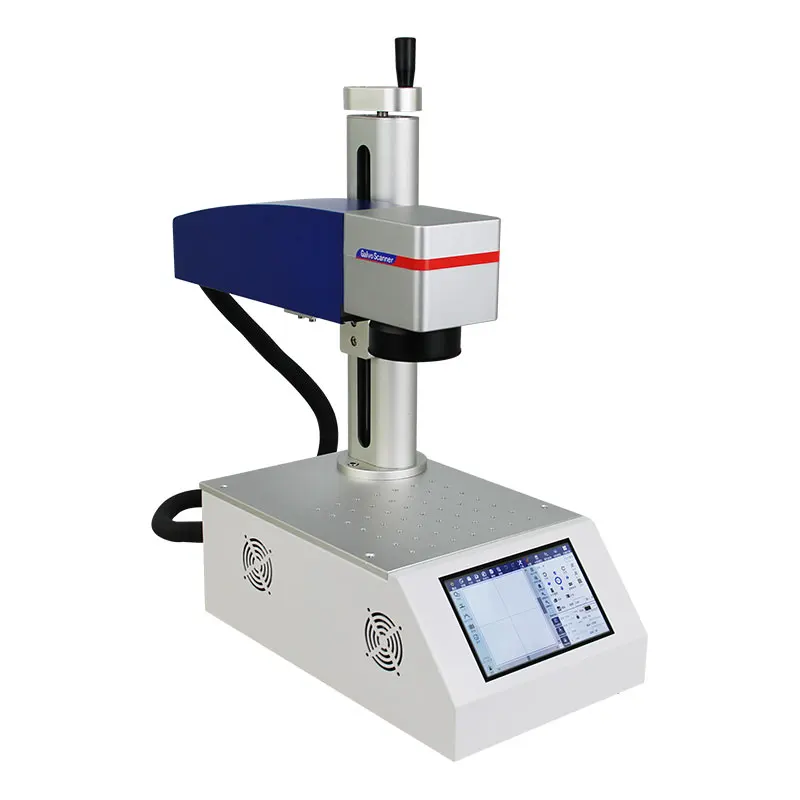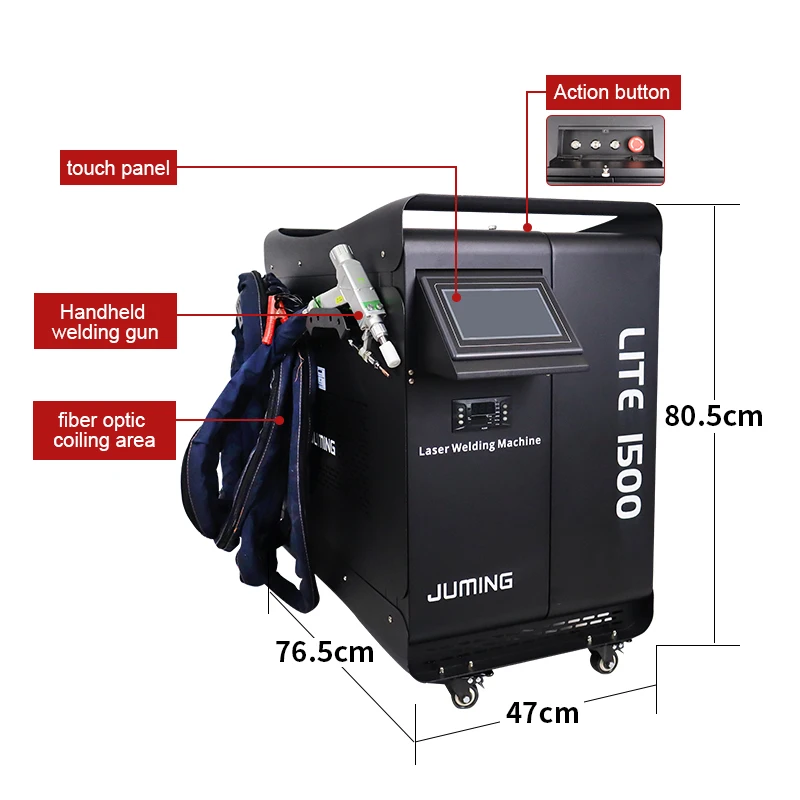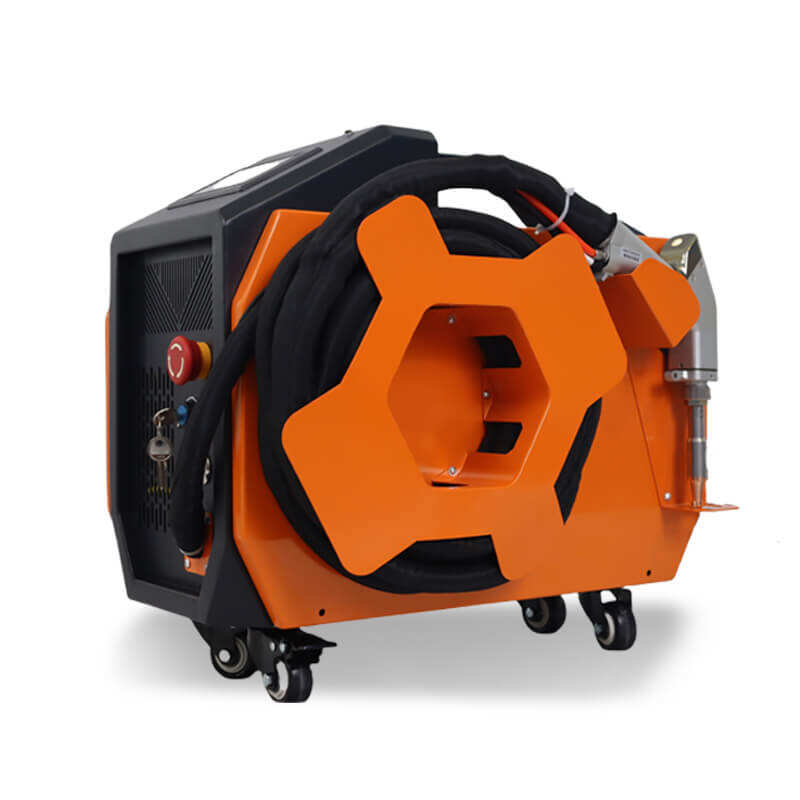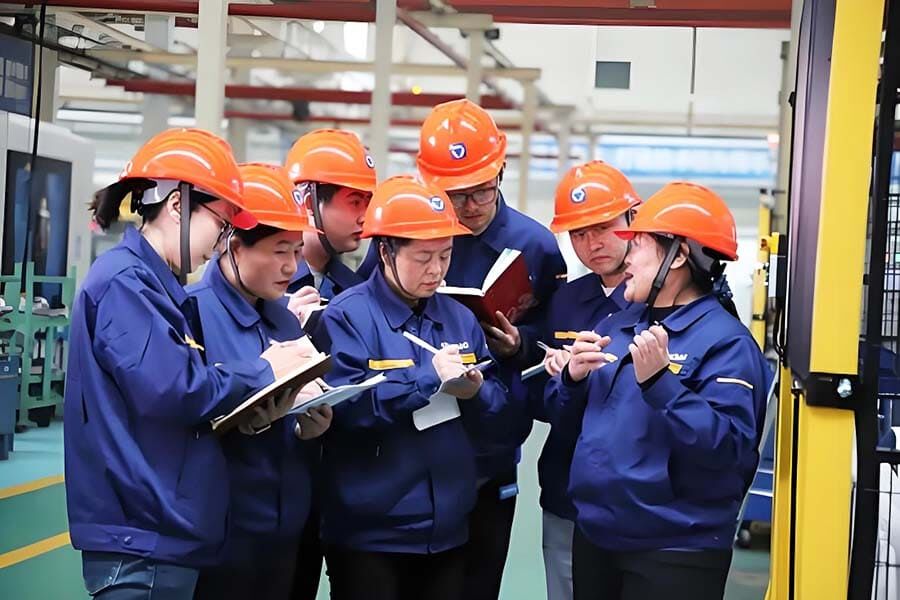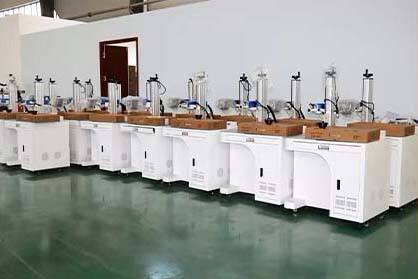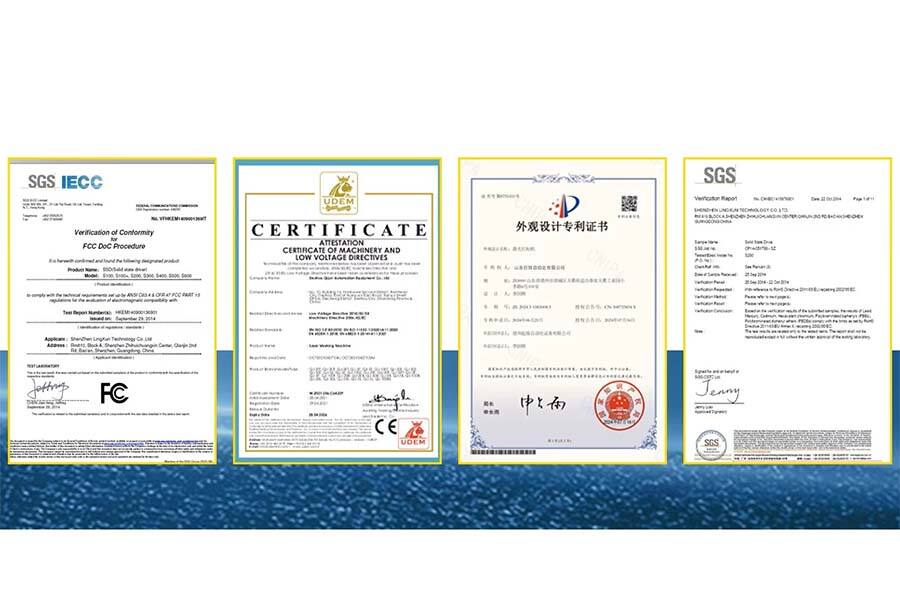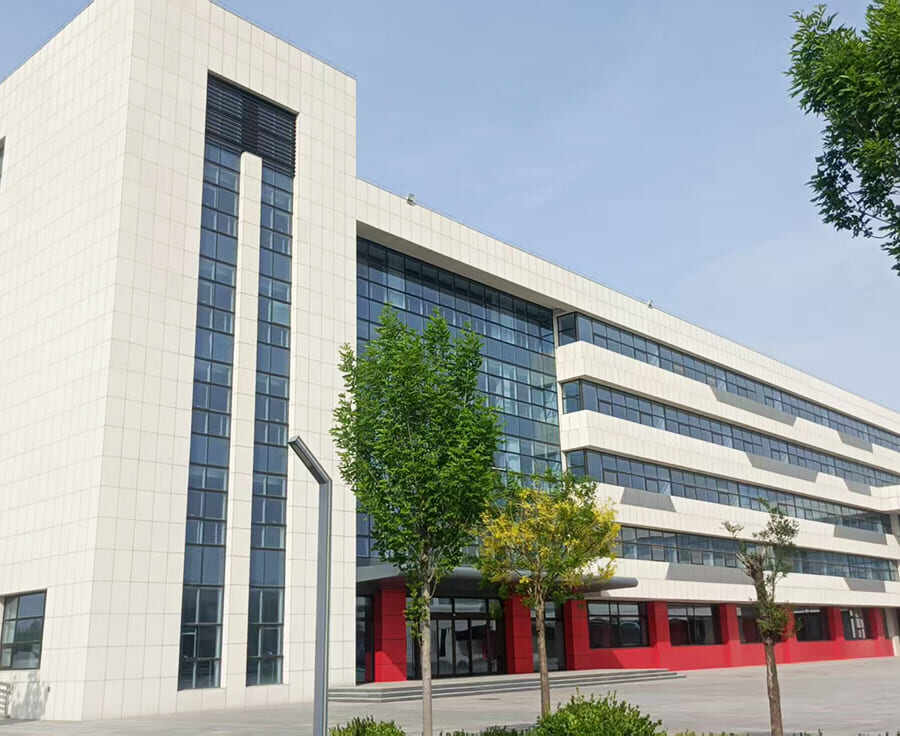Why Laser Cleaning Machines Are Indispensable Strategic Equipment in Modern Industry
In today's highly competitive industrial environment, pursuing excellence in efficiency, strictly controlling costs, and fulfilling environmental responsibilities are no longer mere slogans but core elements critical to a company's survival and development. It is against this backdrop that laser cleaning machines have emerged. They are far more than mere tool replacements; they represent a transformative technological breakthrough. Compared to traditional cumbersome and inefficient cleaning methods (such as sandblasting or chemical solvent cleaning), laser cleaning offers overwhelming strategic advantages.
Its core value is first reflected in the significant reduction of operational costs. Laser cleaning completely eliminates the reliance on expensive consumables, eliminating the need for continuous purchases of abrasive media (such as sand particles, steel grit, or plastic beads) or harmful chemical solvents. It also fundamentally eliminates the damage to equipment parts and replacement costs caused by rough cleaning methods, as its operation relies solely on electricity. This results in remarkable long-term cost savings. Additionally, the laser cleaning process is significantly accelerated, drastically reducing the required labor hours and reliance on highly skilled workers compared to manual sandblasting or chemical scrubbing, effectively minimizing the valuable downtime caused by cleaning. Furthermore, this technology minimizes the complex processes and high costs associated with waste disposal. Users no longer need to deal with mountains of waste abrasives or toxic chemical sludge, as the minimal powder-like waste generated by laser cleaning is extremely easy to collect and dispose of.
The second key advantage is the enhancement of production quality and asset protection. The core of laser cleaning lies in its “non-contact, non-abrasive” characteristics, enabling it to remove contaminants such as rust, paint, oil stains, and oxide layers with extremely high precision, layer by layer, while completely preserving the underlying substrate. This precision is crucial for protecting delicate surfaces, complex molds, precision welded areas, and critical components from scratches, wear, deformation, or thinning caused by physical methods such as sandblasting or scraping. It not only preserves material integrity but also achieves stable, highly consistent, and repeatable cleaning results—far surpassing manual methods. This is the key foundation for ensuring coating adhesion, perfect surface preparation before welding, and achieving high-quality final finishes, meeting increasingly stringent industry standards, and ultimately extending the service life and performance of components.
The leap in environmental sustainability and workplace safety represents its third major contribution to society and businesses. Laser cleaning truly achieves zero use of harmful chemicals in the workflow, eliminating emissions of volatile organic compounds (VOCs). This not only effectively protects employee health but also significantly reduces the environmental burden, making it easier for businesses to meet increasingly stringent environmental regulations (such as EPA, REACH). . Its nearly zero-waste cleaning process has fundamentally transformed the status quo of industrial cleaning as a primary pollution source, significantly enhancing a company's ESG (Environmental, Social, and Governance) performance. More importantly, it creates a significantly safer working environment for operators, drastically reducing the risk of exposure to harmful dust (such as silica dust, heavy metal dust), chemical splashes, flying debris, and the intense noise generated by sandblasting, thereby lowering the incidence of physical injuries and occupational diseases, and even alleviating the burden of wearing heavy personal protective equipment (PPE).
Unparalleled adaptability and efficiency improvements form the solid foundation for its widespread application. Whether it's rust and paint on metal surfaces, stubborn stains, oxides, and grease on stone materials, rubber residues and smoke dust on composite materials, or pollutants and biological residues on precious historical artifacts, laser cleaning technology can efficiently address them all. Its portable equipment, combined with flexible fiber optic transmission, can easily access narrow spaces and complex geometric structures that traditional sandblasting equipment cannot reach, significantly reducing the time and cost of disassembling parts. More importantly, laser cleaning systems are uniquely suited for integration with automated production lines, enabling high-speed, automated cleaning of parts before painting, welding, or assembly processes, thereby significantly improving overall production throughput.

![Industrial Laser Cleaning Machines for Sale | Eco-Friendly & Powerful [Specify Power Range, e.g., 100W - 2000W]](https://shopcdnpro.grainajz.com/category/409360/2721/f7f32f34ba36bd42a834d01348e47b89/image.png)
